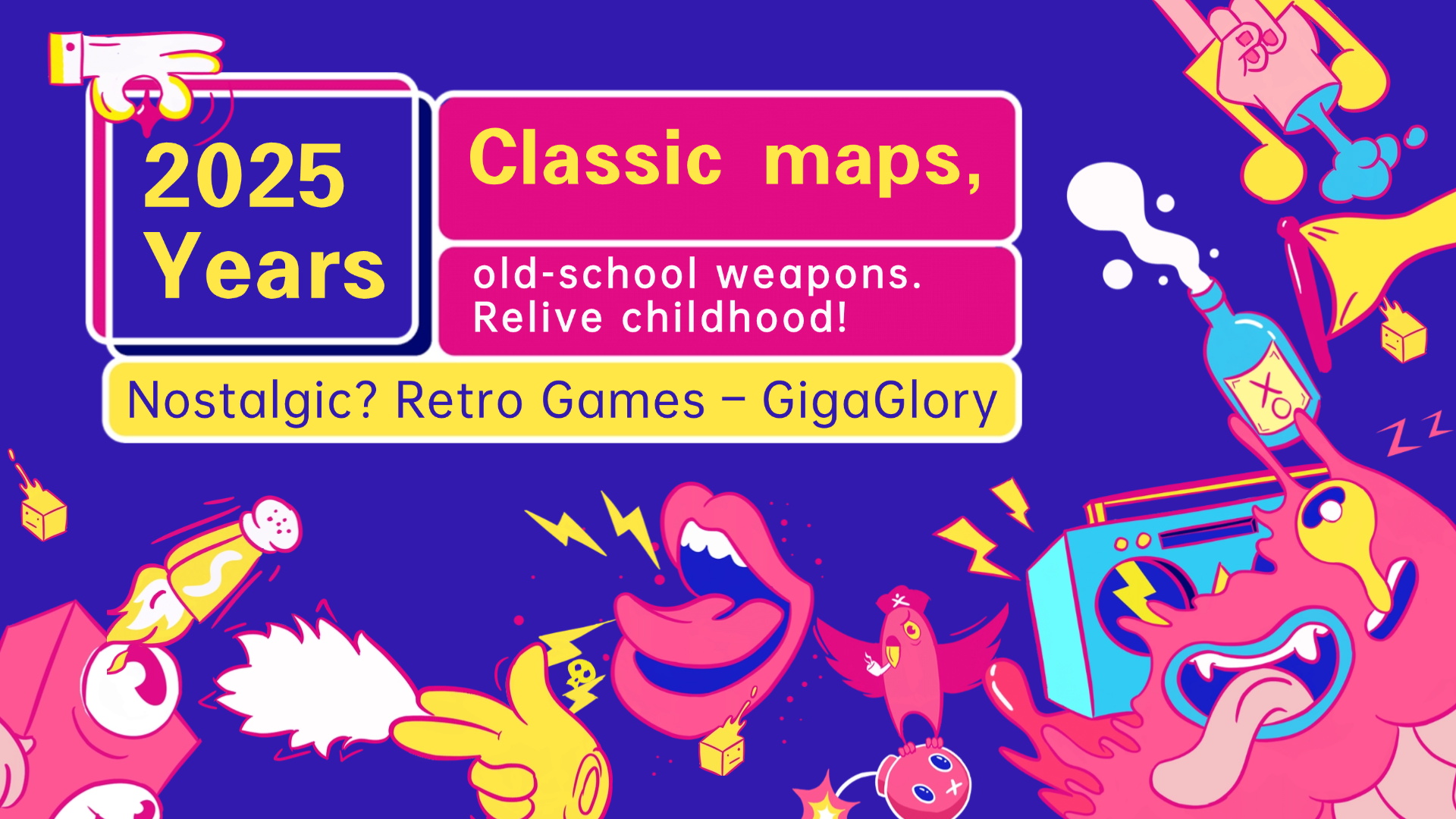Exploring the Fusion: How Idle Games are Revolutionizing Open World Gaming Experiences
The gaming landscape has undergone a monumental shift over the past few years, and among the most intriguing developments is the rise of idle games. These games, often designed to captivate players with minimal interaction required, are now merging seamlessly with open world games. This fusion creates a unique gaming experience that is not only engaging but also pushes the boundaries of traditional gaming.
The Rise of Idle Games
Idle games, also known as incremental games, allow players to progress without having to actively participate at all times. The concept revolves around automating gameplay, where players can make decisions that lead to automatic progress. Various iterations have surfaced in mobile markets, capturing the attention of many gamers.
- Accessibility: Easy to play, perfect for casual gamers.
- Continuous Progress: Players can return anytime and see advancement.
- Monetization: Many idle games employ microtransactions.
Understanding Open World Games
Open world games provide players with expansive environments and freedom to explore. Players can engage in various quests, interact with characters, and shape their gameplay experience as they see fit. Three defining features of open world games include:
- Non-Linear Gameplay: Players can choose their path and objectives.
- Rich Environments: Detailed worlds filled with collectibles and hidden zones.
- Diverse Interaction: Engaging with NPCs, ecosystems, and storylines.
The Fusion of Idle and Open World Games
As idle games become more integrated into the design of open world games, developers are exploring new ways to keep players engaged while allowing for less frequent active participation. This fusion has led to innovations that redefine conventions in both genres.
| Feature | Idle Games | Open World Games |
|---|---|---|
| Gameplay Mechanics | Automation | Exploration |
| Player Engagement | Minimal Interaction | Active Control |
| Progression | Gradual | Dynamic |
Benefits of the Fusion
Combining idle games with open world games provides unique advantages:
- Time Efficiency: Players can enjoy game progression even during breaks.
- Increased Retention: The less demanding gameplay attracts a broader audience.
- Balance of Strategy and Exploration: Players can strategize while exploring.
Challenges of Merging Genres
While the fusion of these two game types provides exciting potentials, it isn't without challenges. Some potential issues include:
- Game Depth: Balancing simplicity and depth can be difficult.
- Player Expectations: Adjusting to new mechanics might frustrate traditional players.
- Content Creation: Developers face pressure to continuously produce engaging content.
Noteworthy Examples
Several popular games effectively blend these genres:
- AFK Arena: A mobile idle RPG that features an open world rich in lore.
- Egg, Inc: Incorporates open-ended exploration in a farming setting.
- Adventure Capitalist: Allows for idle progression in various thematic worlds.
The Future of Idle and Open World Integration
As technology progresses, we can expect further innovations in the fusion between idle games and open world games. Some trends may include:
| Trend | Description |
|---|---|
| Enhanced AI | More intelligent NPCs for richer storytelling. |
| Augmented Reality | Utilizing AR for immersive open world experiences. |
| Cross-Platform Play | Seamless gaming experiences across different devices. |
Player Community and Feedback
The player community plays a crucial role in shaping the development of gaming titles. Feedback from players often leads to significant changes in gameplay mechanics, aesthetics, and new features. Building an engaged community can result in:
- Better Game Longevity: Players advocate for features they value.
- Innovation Through Collaboration: Community events can inspire new game modes or ideas.
- Learning from Failure: Addressing criticisms can lead to improved future releases.
Conclusion
The union of idle games and open world games represents an exciting frontier in gaming. By allowing for low-pressure engagement in rich environments, developers can create unique experiences that cater to both casual and dedicated gamers. As this fusion continues to evolve, so will the opportunities for innovation and creativity in game design.
```


